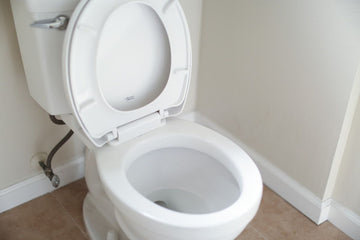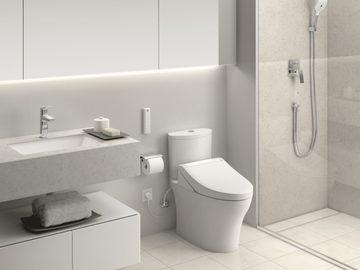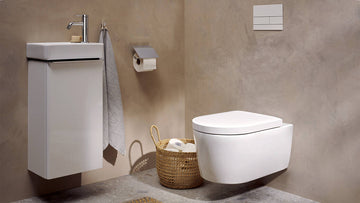In today's world, where conserving resources is more critical than ever, the question arises: How much water does a dual flush toilet save? This is not just a question of environmental concern but also one of economic interest, especially for industries and households focused on reducing utility bills. Dual flush toilets have become a significant innovation in bathroom technology, promising to save water and hence, costs.
Understanding the mechanics and benefits of these toilets can provide insight into their efficiency. But how exactly do they work, and what makes them so effective at saving water?
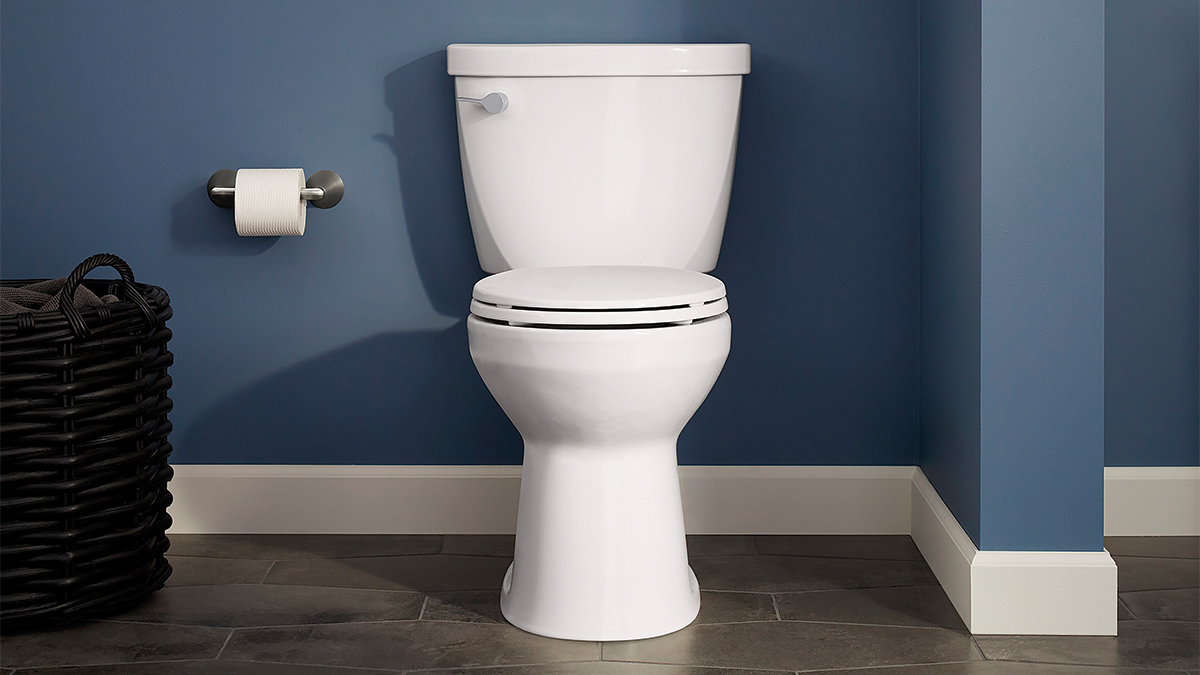
Understanding Dual Flush Toilets
Dual flush toilets are designed with two flush options: a half flush for liquid waste and a full flush for solid waste. This system allows users to select the appropriate flush, thereby conserving water during each use. The average dual flush toilet uses approximately 1.28 gallons per full flush and only about 0.8 gallons per half flush. In contrast, traditional toilets can use up to 3.5 gallons per flush.
The dual flush system can lead to significant water savings over time. For instance, a family of four using a dual flush toilet can save up to 25,000 gallons of water annually. This not only reduces their water bill but also contributes to global efforts in conserving water resources.
Comparing Dual Flush and Single Flush Toilets
When deciding between dual flush and single flush toilets, it's essential to consider the long-term water savings. Single flush toilets, although simpler in design, do not offer the same level of efficiency. They use the same amount of water for every flush, regardless of the type of waste. This can lead to unnecessary water wastage.
For a detailed comparison and to understand more about the mechanics, you might find this comparison of dual flush and single flush toilets insightful.
The Environmental and Economic Impact
The adoption of dual flush toilets has a profound impact on both the environment and household economies. By significantly reducing water usage, these toilets help lower the demand on sewage treatment facilities and the energy required to process waste water. This can lead to a reduction in greenhouse gas emissions associated with water treatment.
Economically, the water savings translate into lower water bills. For industries and large facilities, this can mean substantial cost reductions. For example, switching to dual flush toilets can reduce water usage by up to 67%, which is a considerable saving given the scale of operations in industrial settings.
To explore more about how water-efficient toilets can benefit both economically and environmentally, consider reading about the benefits of water-efficient toilets.
Installation and Maintenance
Installing a dual flush toilet is relatively straightforward, especially in modern plumbing systems. However, it's crucial to ensure that the installation is done correctly to maximize efficiency and minimize leaks, which can negate the water-saving benefits.
Regular maintenance is key to ensuring long-term performance. This includes checking for leaks, ensuring the flush mechanism functions correctly, and occasionally cleaning the components to prevent mineral build-up.
For those looking to retrofit existing toilets to dual flush systems, there are conversion kits available. These kits can offer a cost-effective solution for upgrading without replacing the entire unit. More information on how to convert your existing toilet can be found in this detailed guide on toilet conversion.
Conclusion
So, how much water does a dual flush toilet save? The answer is substantial, with potential savings reaching thousands of gallons per year. This not only benefits the environment but also offers significant economic advantages for both households and industries. By choosing dual flush toilets, you can play a part in conserving our precious water resources while enjoying lower utility bills.
For those interested in learning more about water conservation in bathrooms, consider visiting this guide on reducing water waste in bathrooms.
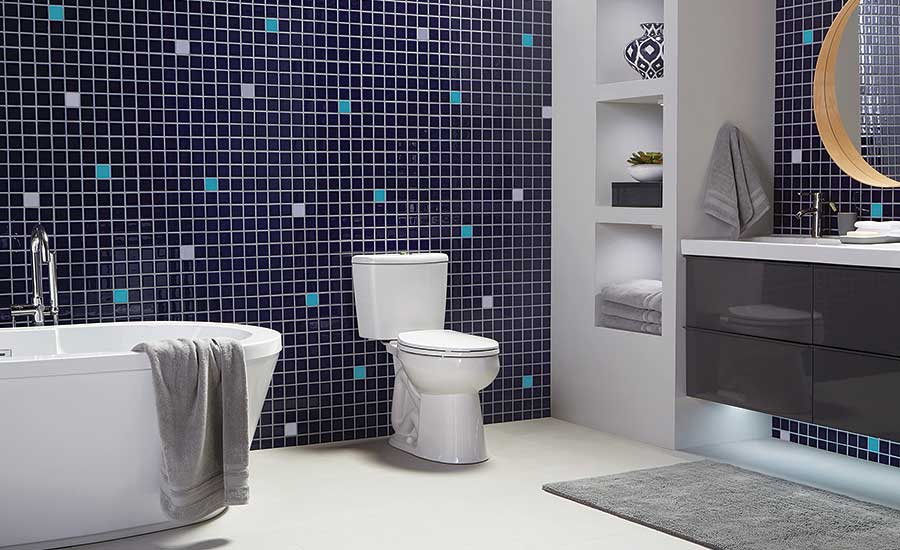
FAQs
How does a dual flush toilet save water?
A dual flush toilet saves water by offering two flush options: a half flush for liquids and a full flush for solids. This reduces the amount of water used per flush compared to traditional toilets.
Can I convert my existing toilet to a dual flush?
Yes, there are conversion kits available that can turn a standard toilet into a dual flush toilet. This is a cost-effective way to upgrade without replacing the entire unit.
Are dual flush toilets more expensive to maintain?
While dual flush toilets may have a slightly higher upfront cost, their maintenance is comparable to traditional toilets. Regular checks and cleaning can ensure they remain efficient over time.

